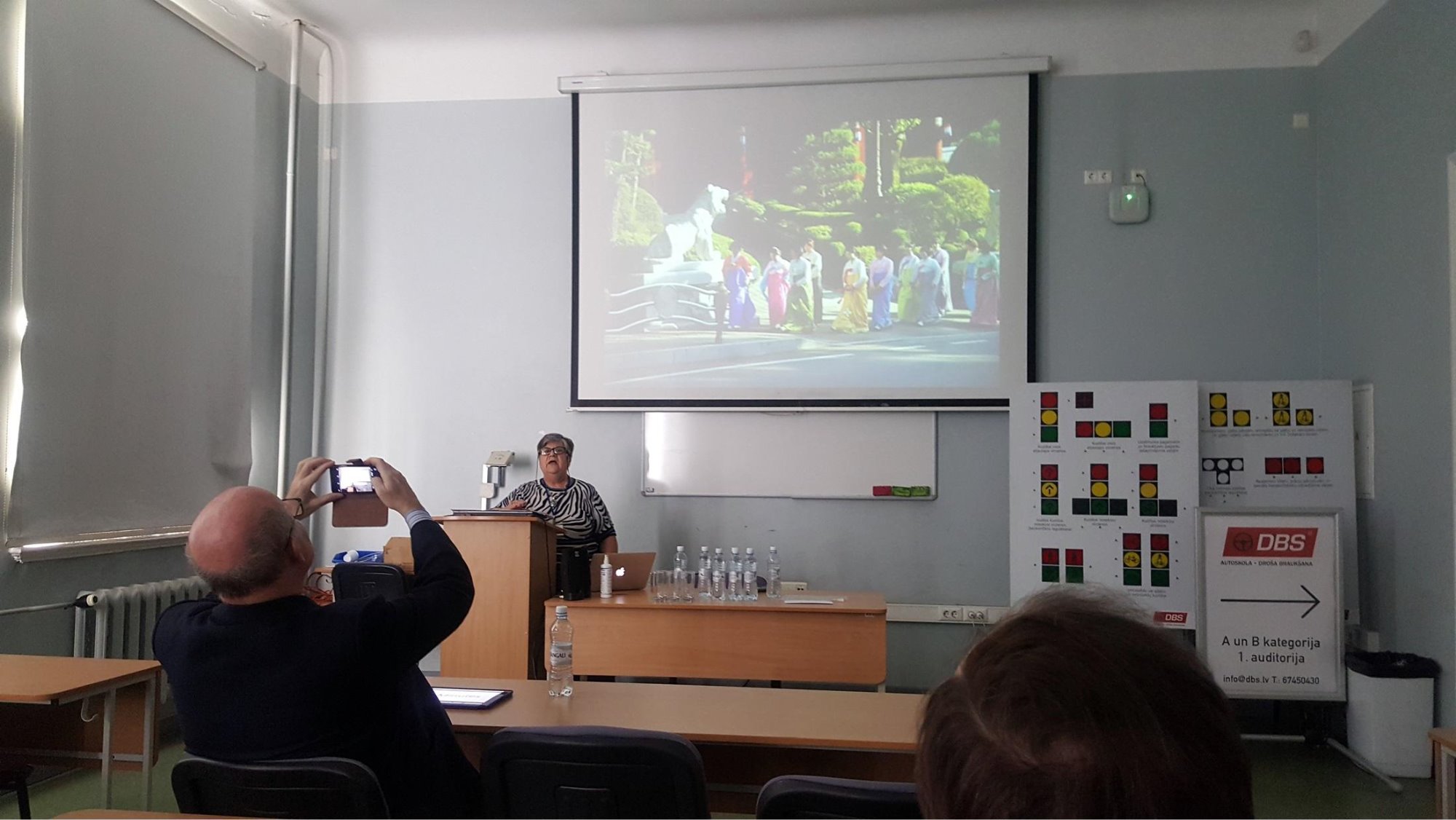- Daesoon Academy Sciences Attended the Third Baltic Alliances for Asian Studies (BAAS)
- 2018-06-09
.jpg)
Daesoon Academy Sciences attended the Third Baltic Alliances for Asian Studies(BAAS) which was held April 13-15, 2018 in Riga, the capital of Latvia. The conference was organized by the Baltic Alliance for Asian studies, Latvian Society for the Study of Religion, and Centre for Korean Studies of the University of Latvia. The aim of this conference was to bring together researchers from Baltic nations and elsewhere to present their research fields and to discuss different topics related to Asian and Middle-Eastern cultures and societies. During the conference titled, “Dynamic Asia: Shaping the Future”, about 80 scholars presented their papers during 18 different sessions for a three-day period.
 The main theme of the sessions were related to religion, culture, and the economies of Korea, China, and Japan. Regarding Korean religions, there was a special session titled “Dynamic Korean Religions: The Expansion and Globalization of Korean New Religions. From Donghak to Daesoon Jinrihoe.” The chair of the session, Massimo Introvigne (Center for Studies on New Religions, Italy) presented a paper titled, “Dynamic Religion: Korean New Religions, A Success Story.” He clarified the causes and processes behind the development of Korean religions and explained how Daesoon Jinrihoe, in particular, had grown into one of the largest Korean new religions.
The main theme of the sessions were related to religion, culture, and the economies of Korea, China, and Japan. Regarding Korean religions, there was a special session titled “Dynamic Korean Religions: The Expansion and Globalization of Korean New Religions. From Donghak to Daesoon Jinrihoe.” The chair of the session, Massimo Introvigne (Center for Studies on New Religions, Italy) presented a paper titled, “Dynamic Religion: Korean New Religions, A Success Story.” He clarified the causes and processes behind the development of Korean religions and explained how Daesoon Jinrihoe, in particular, had grown into one of the largest Korean new religions. Bernadette RIGAL-CELLARD(Bordeaux University, France) made the second presentation titled “Daesoon Jinrihoe: Reclaiming the Past to Improve the Future.” She focused on Daesoon Jinrihoe to discover some characteristics of Korean native religions and also to explain how Daesoon Jinrihoe had inherited Korean traditional culture through the architectural style of its temple complexes, usage of Dancheong paints, and the custom of wearing Hanbok (Korean traditional clothing) during rituals.
Bernadette RIGAL-CELLARD(Bordeaux University, France) made the second presentation titled “Daesoon Jinrihoe: Reclaiming the Past to Improve the Future.” She focused on Daesoon Jinrihoe to discover some characteristics of Korean native religions and also to explain how Daesoon Jinrihoe had inherited Korean traditional culture through the architectural style of its temple complexes, usage of Dancheong paints, and the custom of wearing Hanbok (Korean traditional clothing) during rituals.The third presenter, Park In-gyu, presented a paper titled, “Holy Teacher Jeung-san and Soteriology of Korean New Religions.” He explained how the Reordering Works of the Universe, by which Sangje opened a new path during a time of desperation, can be soteriologically characterized and compared with traditional religions.
After presentation, scholars from Baltic nations actively raised questions and showed their interest in Daesoon Thought and Daesoon Jinrihoe. The conference was meaningful for Daesoon Jinrihoe as it was the first time Daesoon Thought had been introduced to scholars from Baltic nations.
